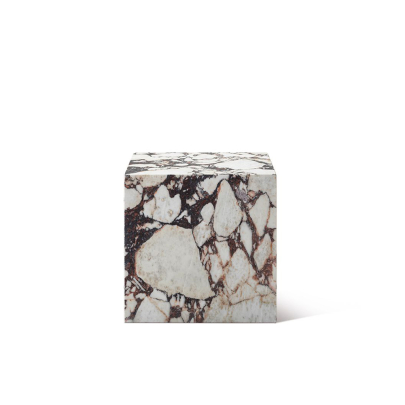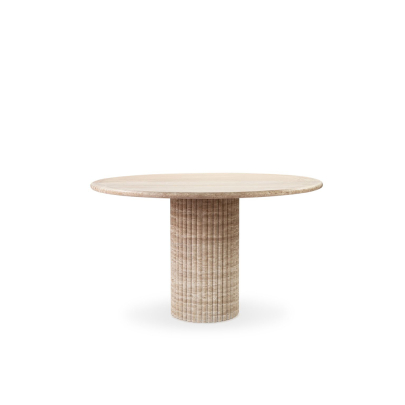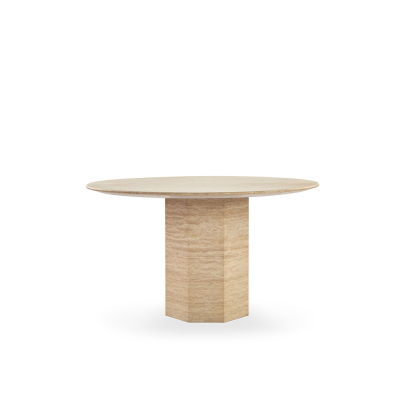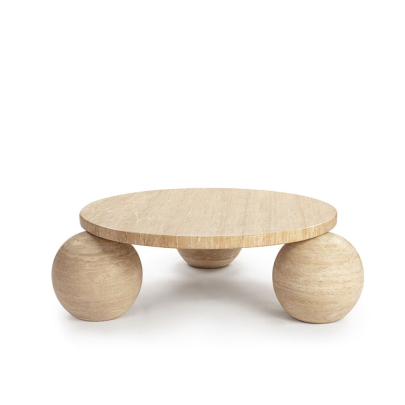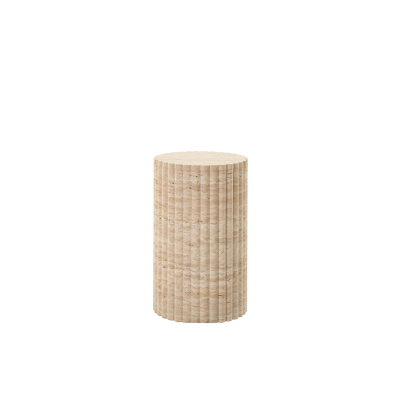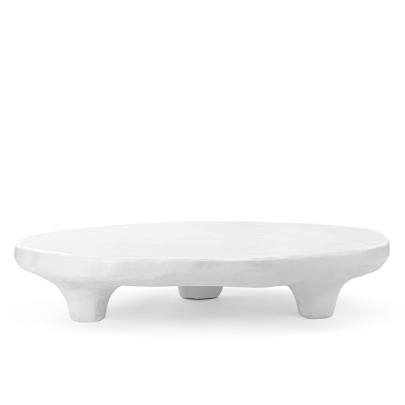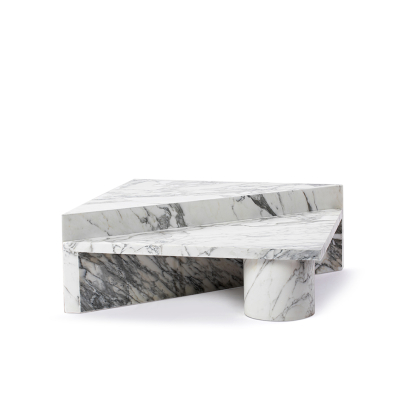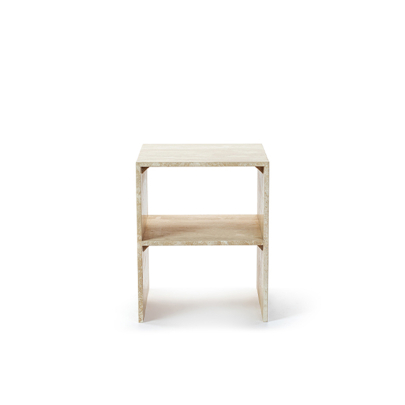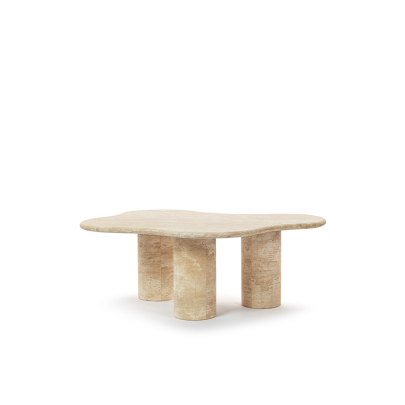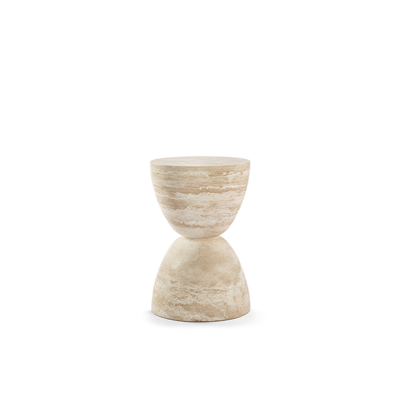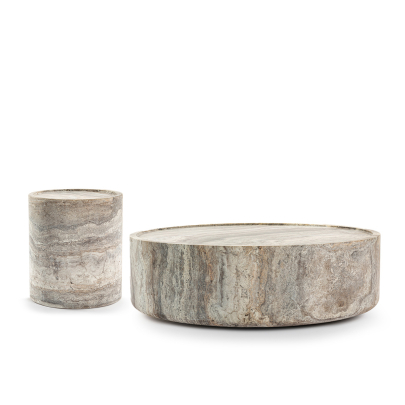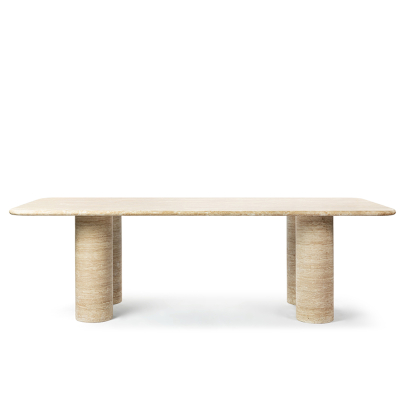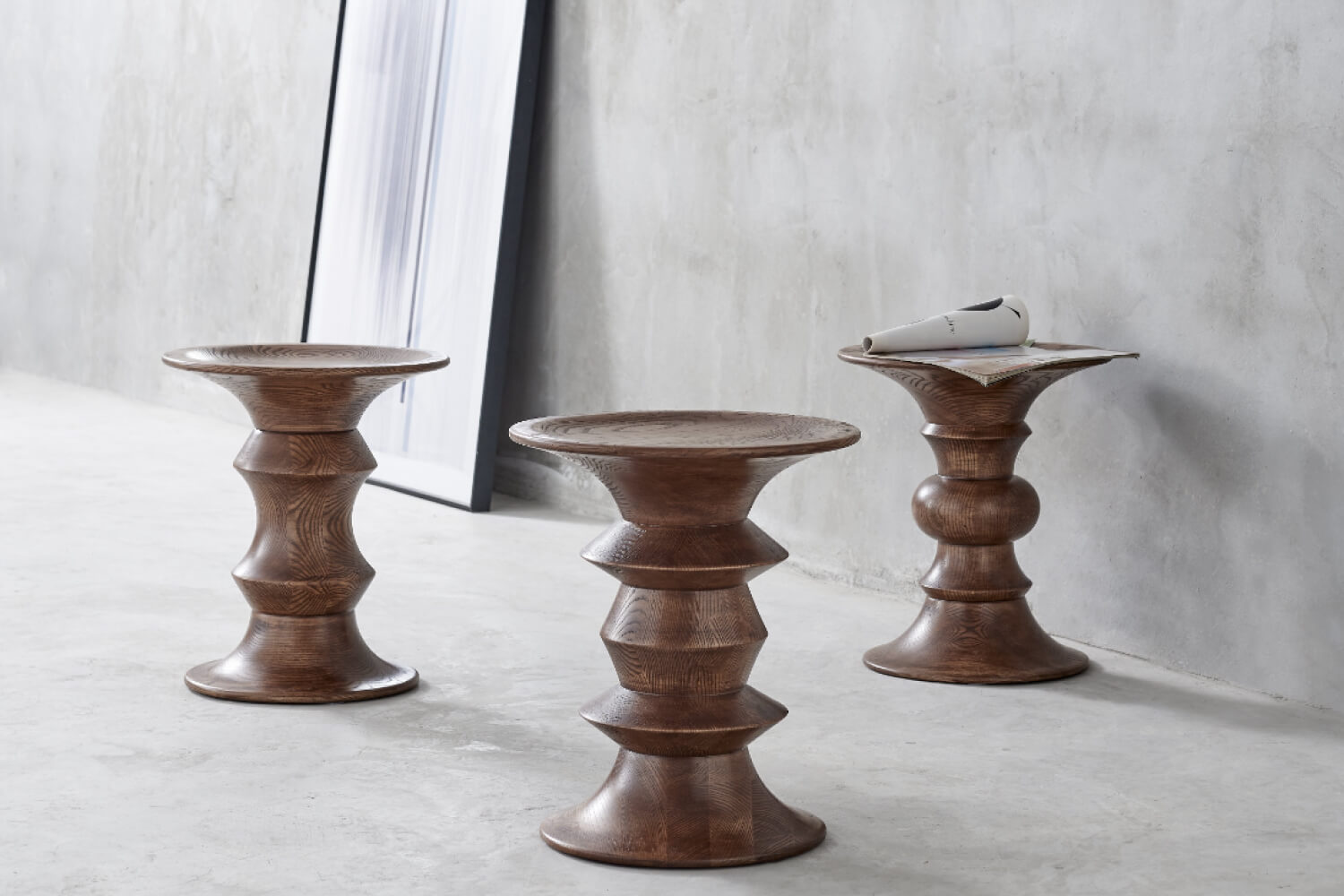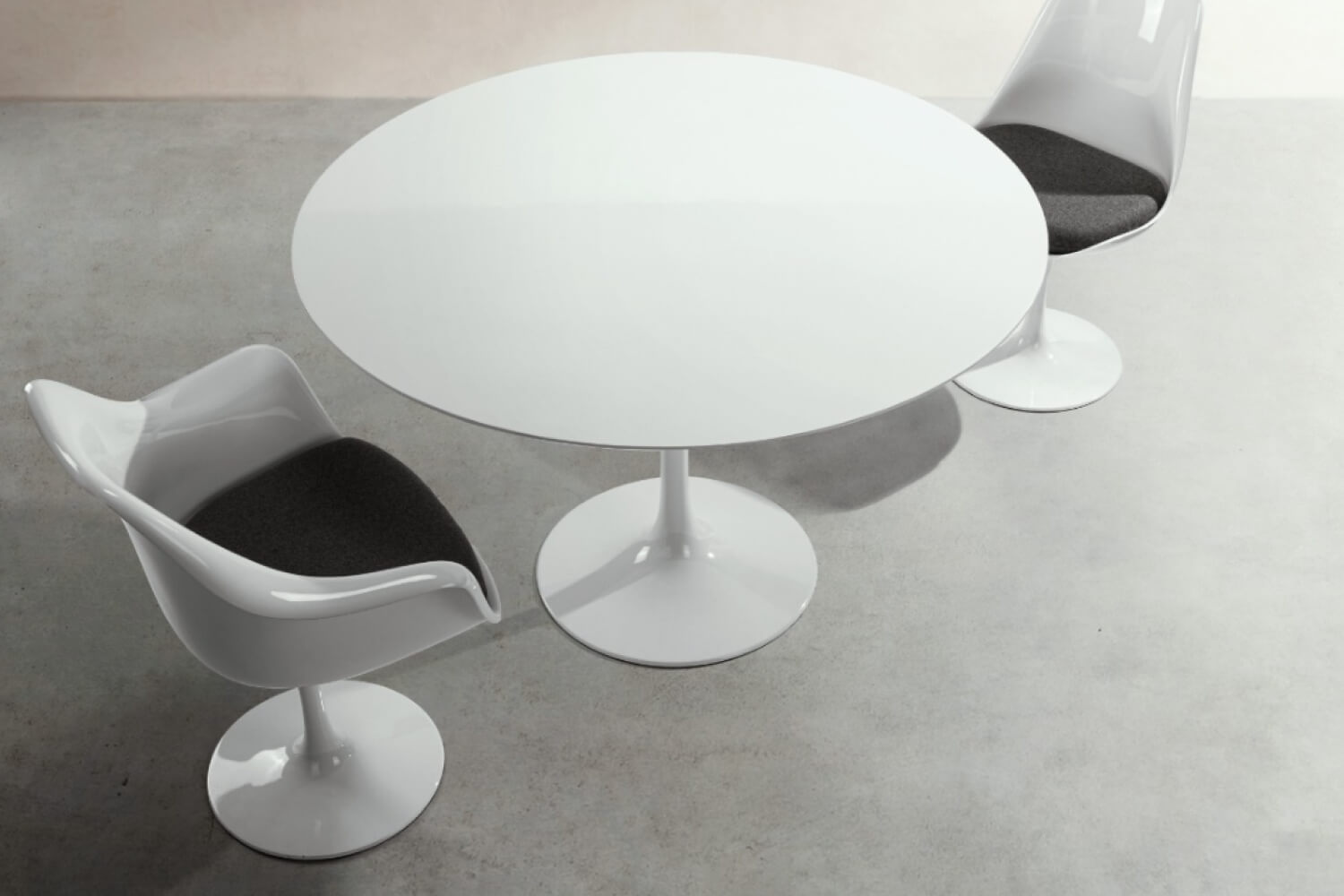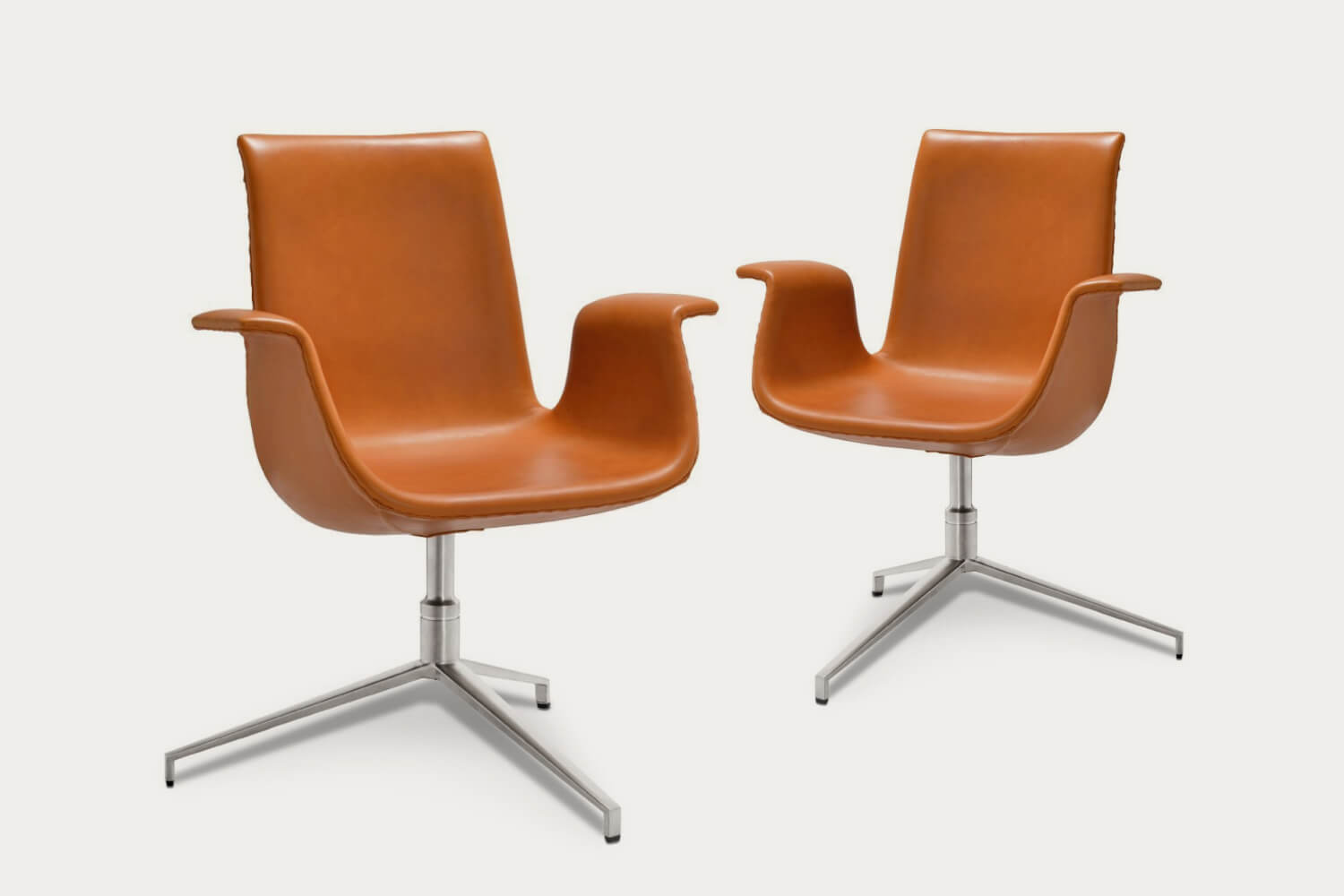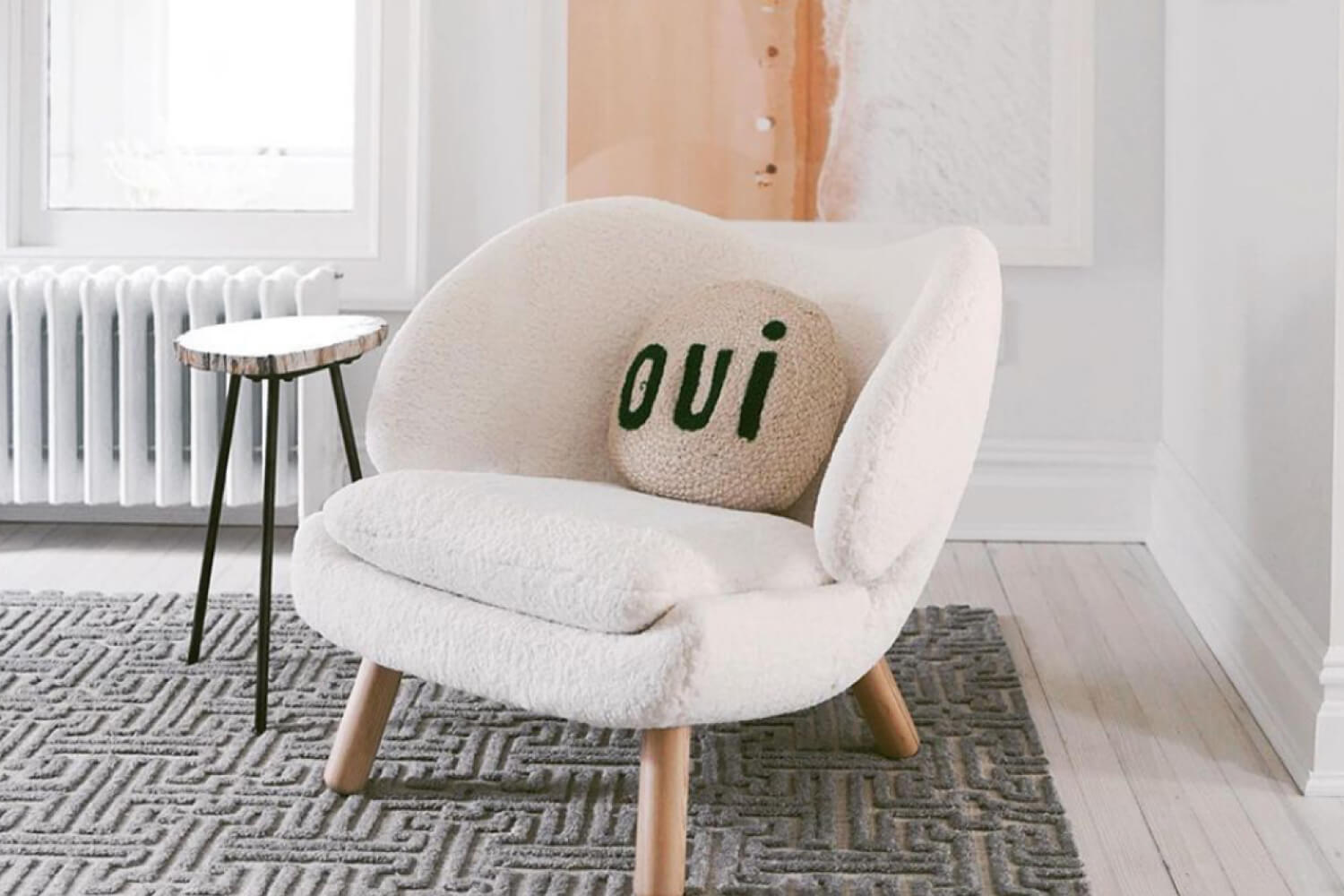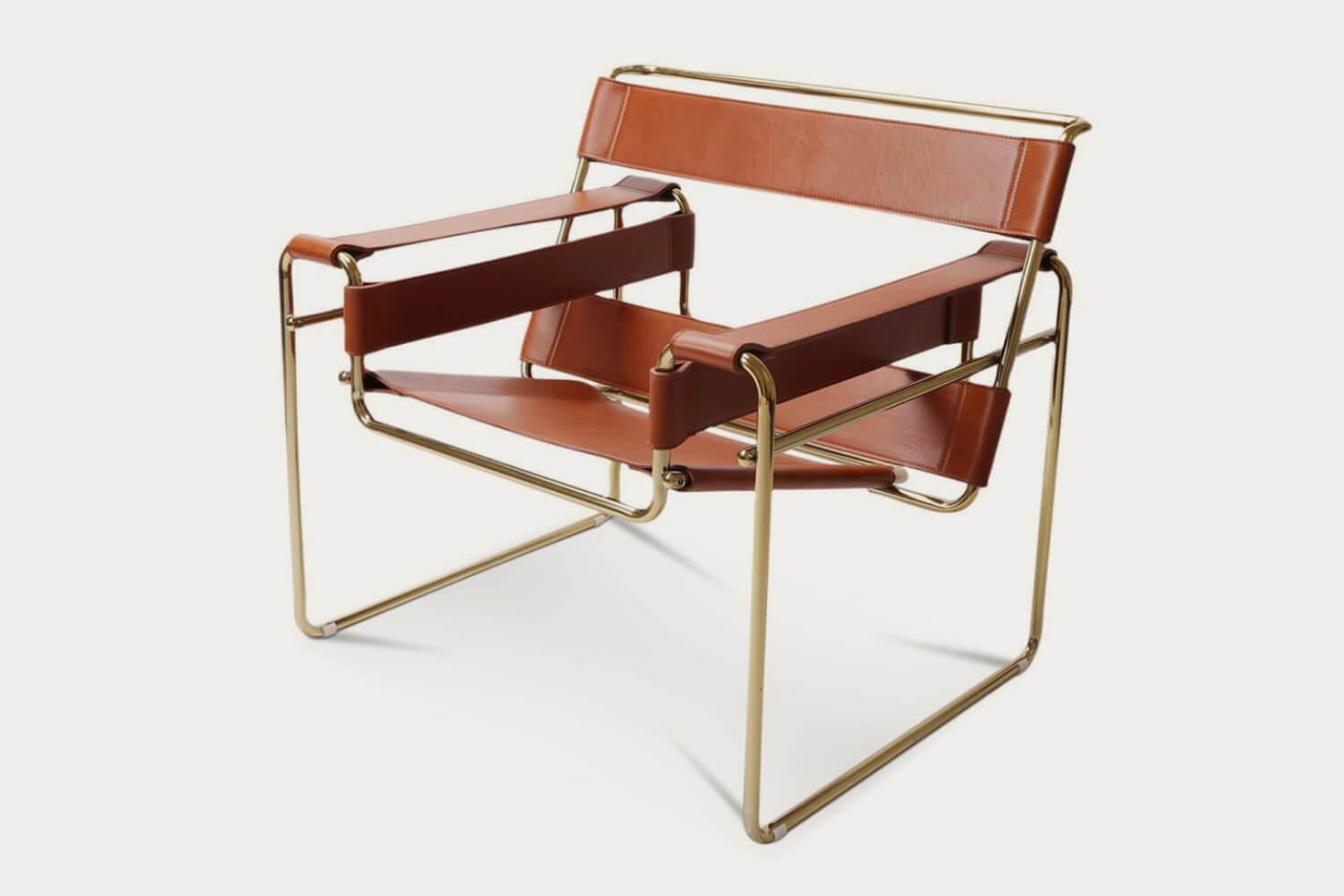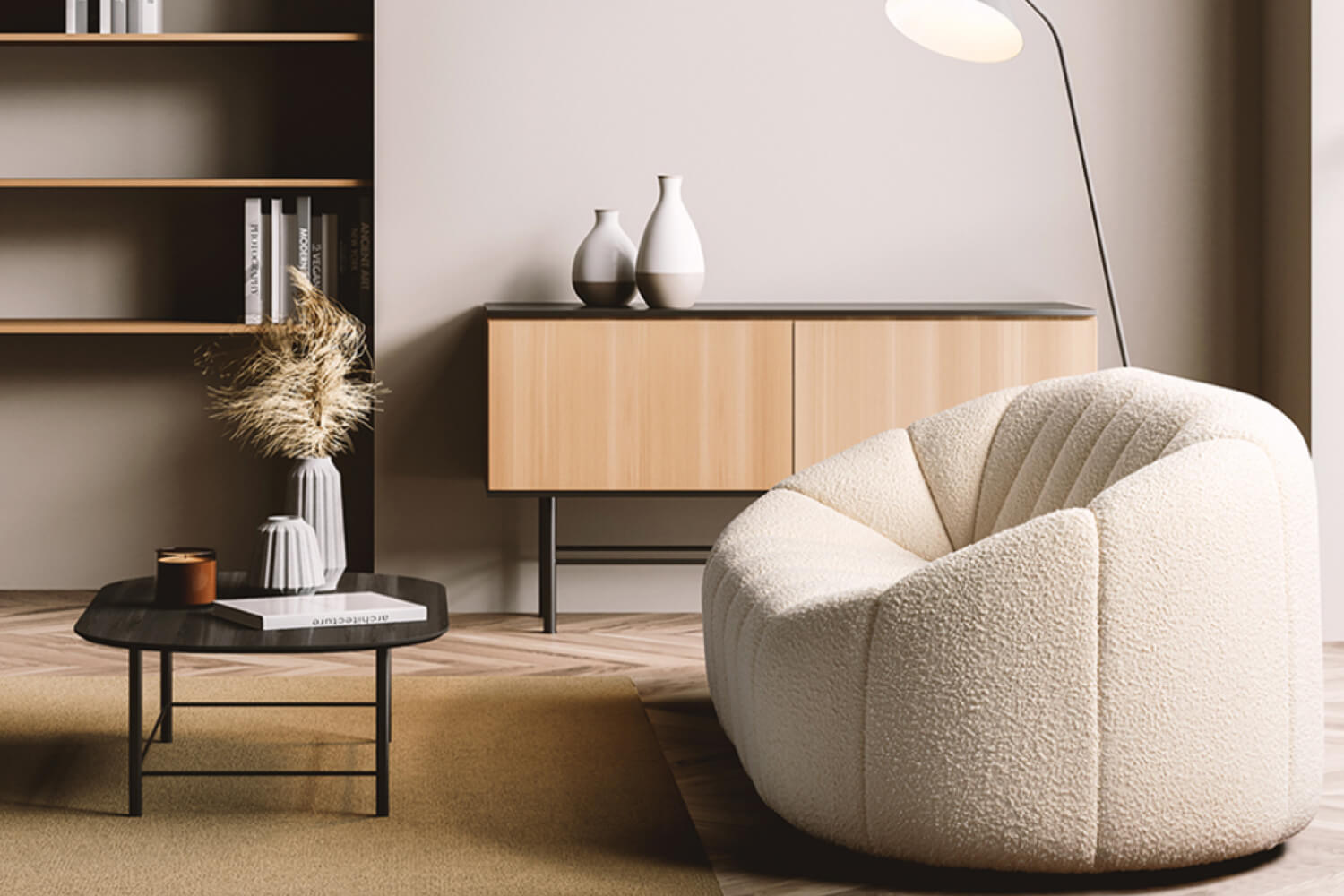
Mid-century modern design, a term that conjures images of clean lines, organic forms, and functional beauty, has its roots deeply embedded in the cultural and artistic movements of the mid-20th century.
Characterized by its uncluttered, sleek lines and a blend of both traditional and non-traditional materials, mid-century modern design emerged as a significant style in the post-World War II era, approximately between the mid-1940s and the late 1960s.
This period was marked by a shift towards simplicity and functionality in design, influenced by the increased urbanization and technological advancements of the time.
The Dawn of Mid-Century Modernism
The mid-century modern movement was more than a design trend; it was a new design ethos that emerged in a world recovering from war, seeking simplicity, functionality, and a break from the past's ornate styles.
The movement was influenced by the International and Bauhaus movements, and it embraced a philosophy that good design should be accessible to all. This period saw the birth of numerous design innovations, particularly in furniture, that focused on sleek, clean lines and organic forms.
At the heart of this design revolution were the chairs that became synonymous with the mid-century modern aesthetic. These chairs were not just pieces of furniture; they were embodiments of the era's technological advances and cultural shifts.
Designers of the time pushed the boundaries of materials and form to create seating that was both aesthetically pleasing and functionally sound.
Pioneers of Mid-Century Chair Design
Among the most influential designers in this realm were Charles and Ray Eames, Arne Jacobsen, and Eero Saarinen, each leaving an indelible mark on chair design.
- Charles and Ray Eames: This husband-and-wife duo were pivotal in shaping modern American furniture design. Their approach combined a deep understanding of artistic form with a commitment to functionality. The EM Lounge Chair, for instance, is an icon of mid-century modern design, celebrated for its elegant form and unparalleled comfort.
- Arne Jacobsen: A Danish architect and designer, Jacobsen was known for his minimalist yet functional approach. His creations, such as the Egg Pod Chair and the Swan Chair, are famous for their unique shapes that mold to the human body, blending form with function in a way that was revolutionary for the time.
- Eero Saarinen: Finnish-American architect and industrial designer Eero Saarinen was known for his neofuturistic style. His Tulip Chair, part of his Pedestal Collection, broke new ground by eliminating the need for traditional chair legs, creating a sleek and futuristic silhouette.
Each of these designers contributed significantly to the mid-century modern movement, creating pieces that were not just furniture, but works of art that continue to influence design philosophies to this day.
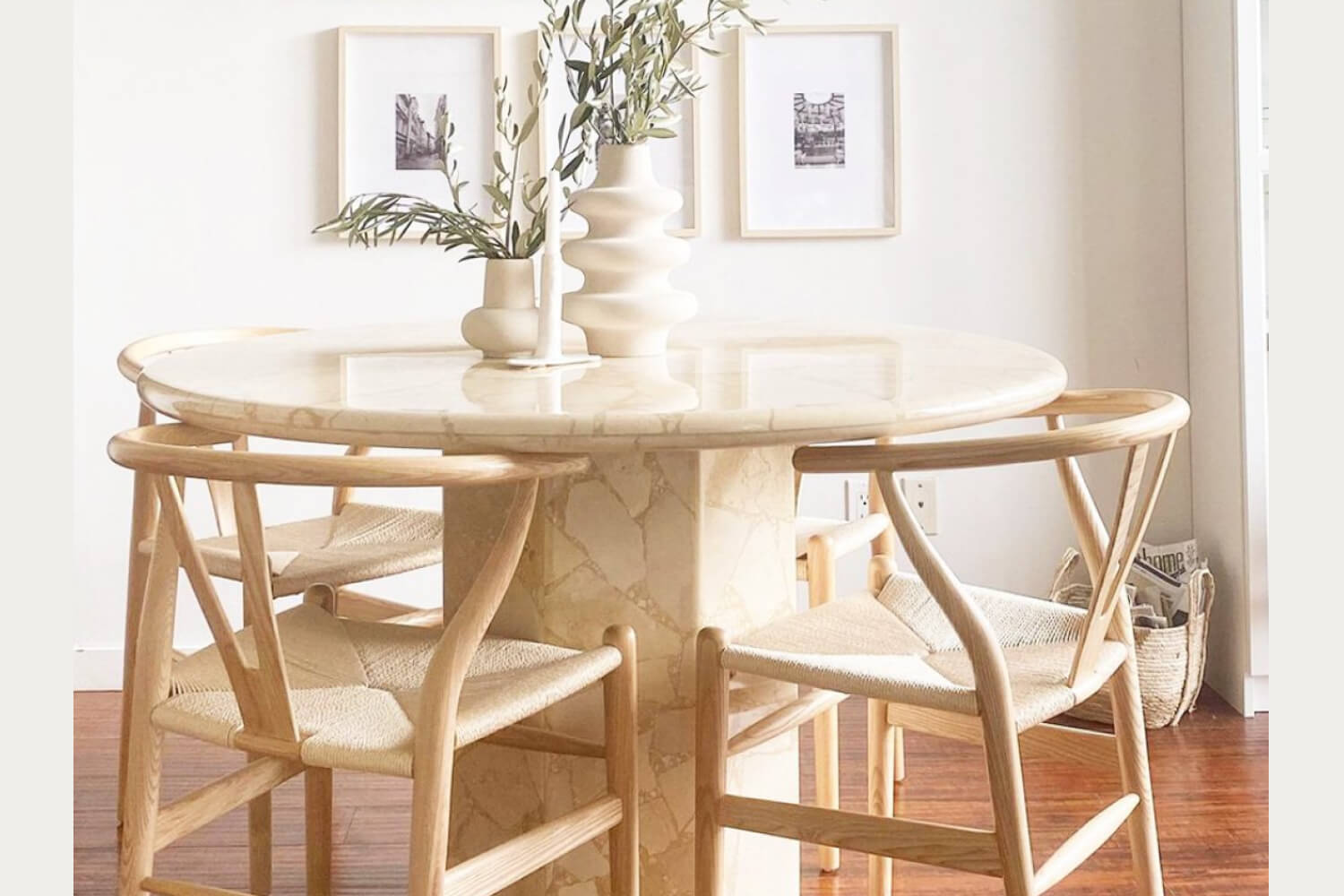

Materials that Defined a Generation
The use of materials in mid-century chair design was both innovative and reflective of the era's technological advancements.
Wood, particularly teak, walnut, and rosewood, was a favorite for its warmth and durability, often shaped into smooth, flowing forms.
Metal, especially steel and aluminum, was used for its strength and flexibility, allowing for slender, elegant frames. Plastics, a relatively new material at the time, were embraced for their versatility and the bold, new shapes they allowed designers to create.
This innovative use of materials not only defined the aesthetic of mid-century chairs but also had a lasting impact on furniture design as a whole.
Forms that Speak Volumes
The shapes and silhouettes of mid-century chairs are iconic.
From the gentle curves of the EM Lounge Chair to the sculptural elegance of Saarinen's Tulip Chair, these designs revolutionized furniture design.
They moved away from the rigid, straight lines of traditional furniture, introducing flowing forms that were both visually striking and ergonomically sound.
These iconic forms have become synonymous with modern design and continue to influence contemporary furniture designers.
Mid-Century Modern Chairs in Contemporary Spaces
The enduring appeal of mid-century chairs lies in their timeless design, which allows them to fit seamlessly into a wide range of contemporary interiors.
From minimalist apartments to eclectic homes, these clam chairs add a touch of vintage charm without feeling outdated.
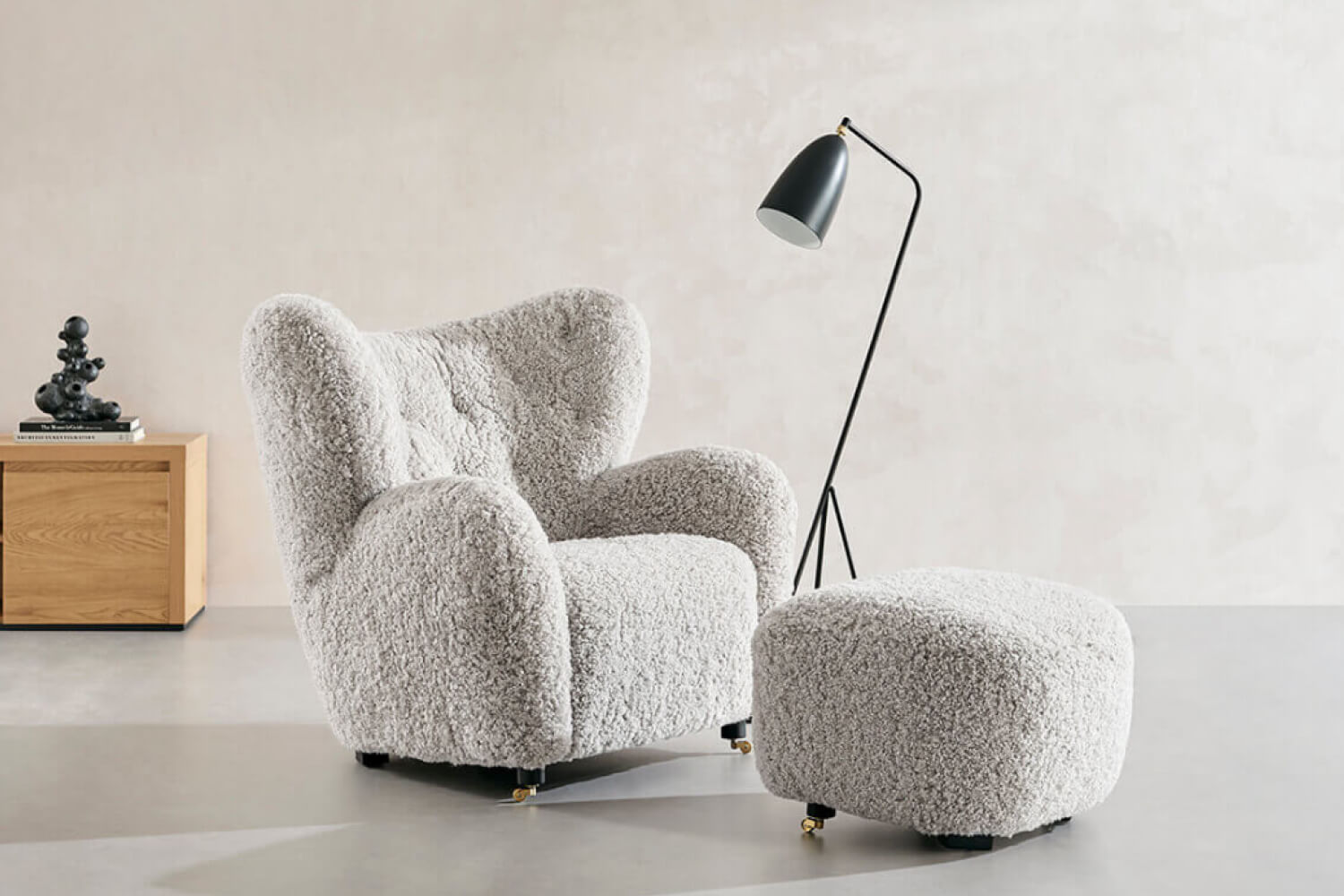

Case studies of modern homes show how mid-century chairs can be focal points in a room, bringing together different elements of decor to create a cohesive look.
A Fusion of Past and Present
Integrating mid-century chairs into contemporary decor is both an art and a homage to design history.
To balance vintage charm with modern aesthetics, it's important to consider the chair's form and color in relation to the surrounding space.
Mixing these chairs with contemporary elements can create a dynamic and inviting interior. Tips for achieving this balance include pairing mid-century chairs with modern lighting or placing them against a backdrop of contemporary art.
Functionality Meets Fashion
Mid-century chairs are not just about looks; they also offer practical benefits. Designed with comfort in mind, many of these chairs feature ergonomic shapes and supportive structures.
This balance of comfort and style makes them ideal for today's homes, where functionality is as important as aesthetics.
The Impact of Mid-Century Chairs on Modern Living
Mid-century chairs have had a profound impact on current trends in interior design, influencing everything from color palettes to material choices. These chairs are more than just furniture; they are symbols of a lifestyle that values simplicity, elegance, and functionality. They reflect a design ethos that is both timeless and forward-thinking.
Beyond Seating: Chairs as Art Pieces
The artistic value of mid-century chairs is undeniable. Many of these chairs are considered works of art, celebrated for their innovative design and aesthetic appeal.
They transcend their functional role, becoming statement pieces that can define a space. As art pieces, these chairs can add a layer of sophistication and cultural depth to any interior.
The Psychological Impact of Design
The design of mid-century chairs can have a significant impact on the mood and ambiance of a space. Their clean lines and organic forms can create a sense of calm and order, while their timeless elegance adds a touch of sophistication.
These chairs play a crucial role in creating a 'living' environment that is both aesthetically pleasing and emotionally comforting.
Preserving the Legacy: Caring for Mid-Century Modern Chairs
Preserving the beauty and integrity of mid-century chairs is essential for maintaining their value and appeal.
Regular maintenance and careful use are key to ensuring these pieces withstand the test of time.
Authenticity and original design are crucial factors in the value of these chairs, making it important to preserve their original form and material.
Restoration and Care
Restoring and maintaining mid-century chairs requires a careful balance between preserving original features and updating them to meet current standards of comfort and durability.
Best practices include gentle cleaning, avoiding harsh chemicals, and consulting with restoration experts when necessary.
Sustainable care practices not only extend the life of these chairs but also help preserve their design history.
The Market for Mid-Century Chairs
The market for mid-century chairs remains vibrant, with both vintage pieces and modern reproductions in high demand.
Collectors and enthusiasts value these chairs for their historical significance, design, and craftsmanship. Current market trends show a continued appreciation for these iconic designs, making them a worthwhile investment for both collectors and those simply looking to add a touch of mid-century elegance to their homes.
Conclusion
The enduring legacy of mid-century modern chairs is a testament to their timeless design and enduring appeal. These chairs have shaped modern interior design, offering a perfect blend of form, function, and artistry.
As we continue to appreciate and preserve these iconic pieces, they remind us of a pivotal era in design history and continue to inspire and enhance our living spaces.
To gain firsthand insights from those who have welcomed these timeless designs into their homes, we encourage you to visit 'Eternity Modern reviews' and hear directly from our satisfied customers.

